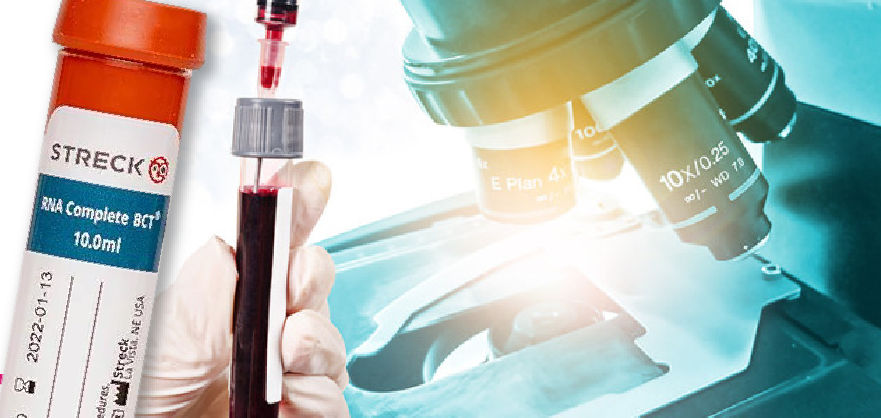BRAF
Mutations in BRAF Oncogenic mutations in the BRAF gene destroy the kinase domain, which results in constitutive activation of MAPK (mitogen-activated protein kinase) route, thereby stimulating the growth of abnormal cells. Activation of the MAPK pathway also occurs as a result of somatic mutations of other oncogenes, such as N-RAS. More than 30 mutations in […]


